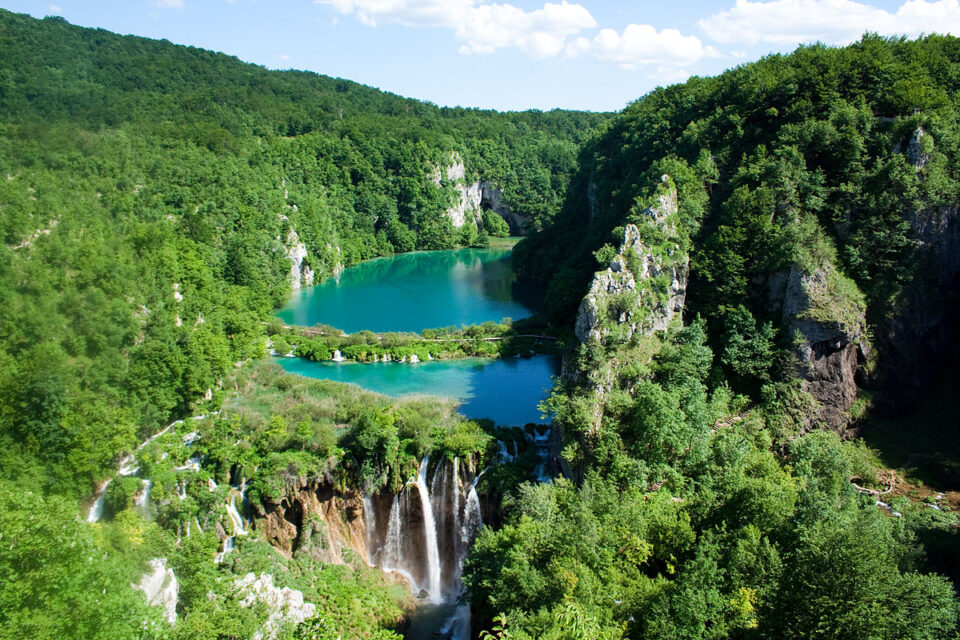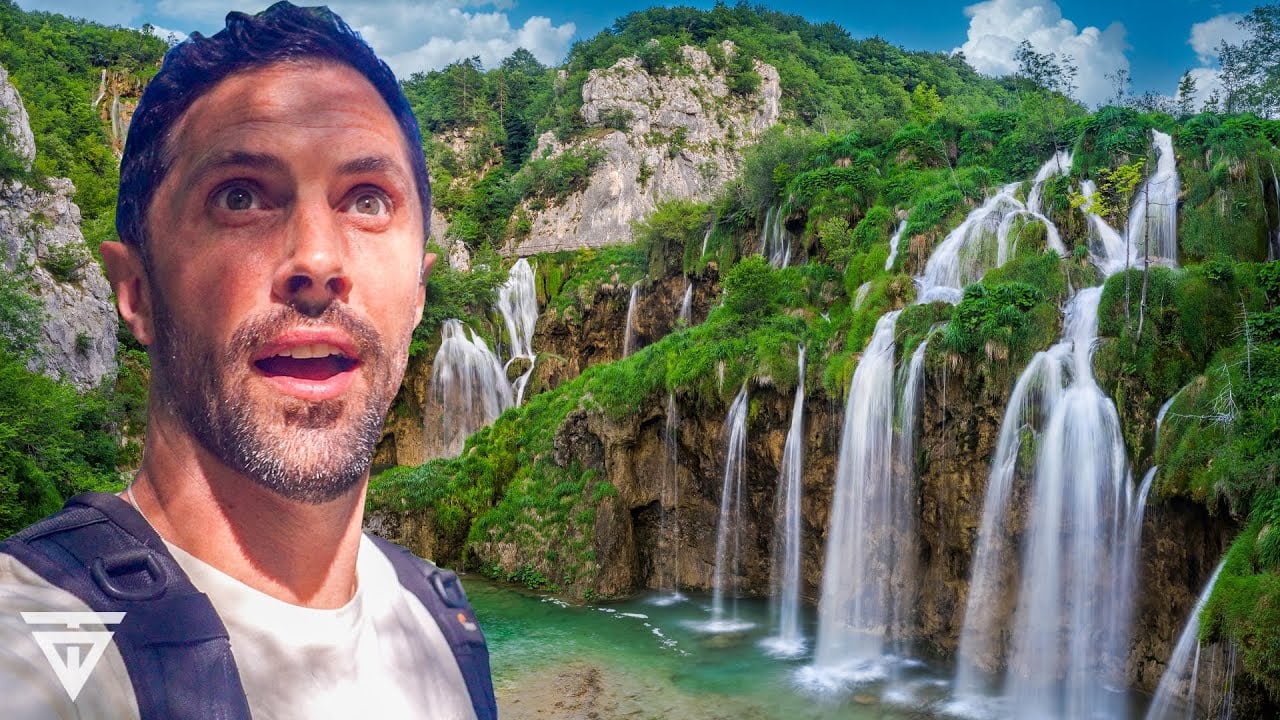Plitvice Lakes are among the most beautiful places not only in Croatia, but also in the whole of Europe. The unspoilt, majestic nature of the park is sincerely admired by millions of tourists. According to many vacationers, Plitvice Lakes in Croatia is a paradise with a unique atmosphere. In 1979, this part of the country was included in the UNESCO World Heritage List.
General information
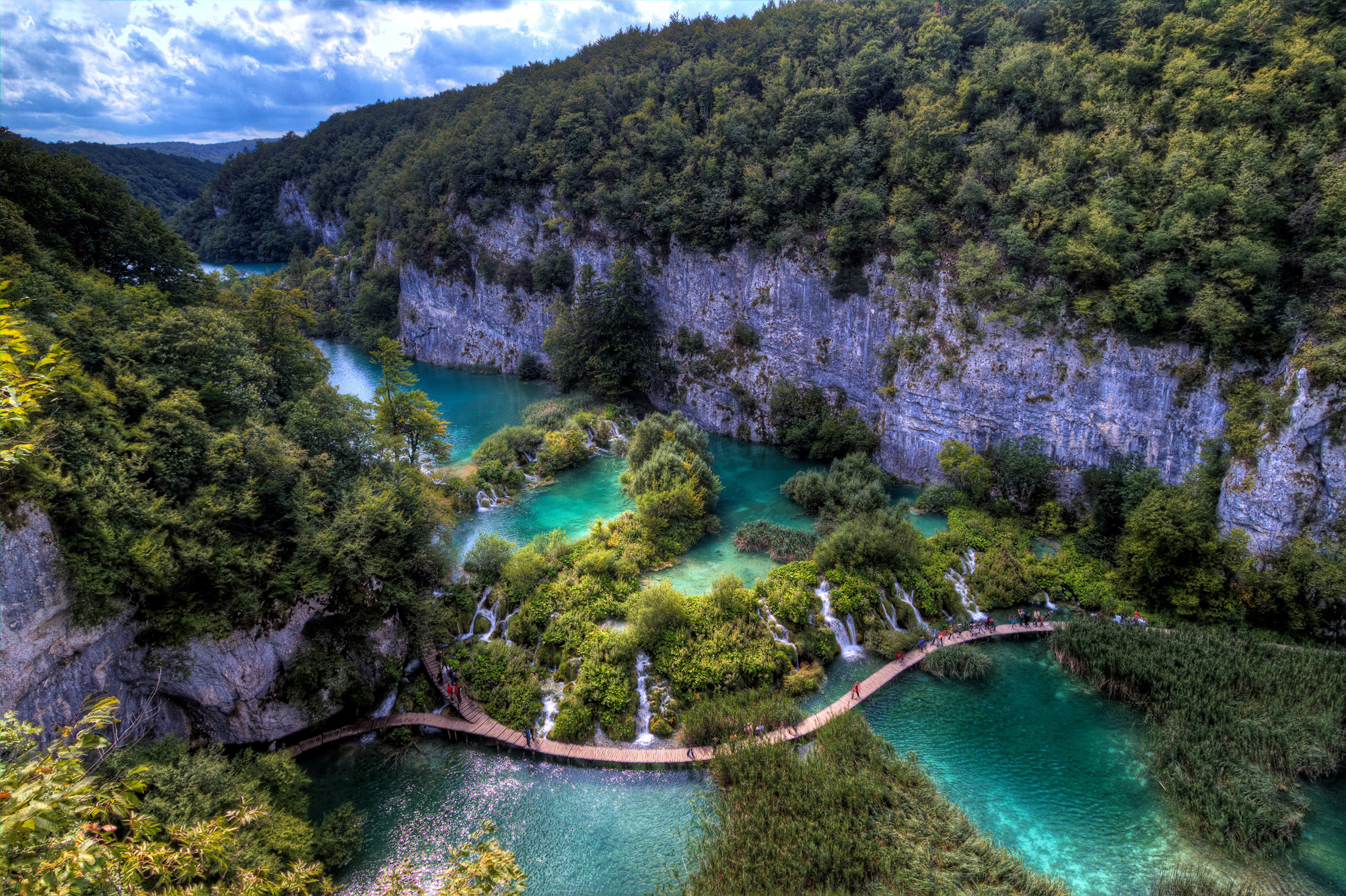
Plitvice Lakes is the first and largest national park in Croatia. It covers an area of 300 km2.
The park is mostly covered with forest vegetation, with small areas under meadows. The most attractive part of the park — lakes-occupy just under 1% of the total area.
The lake system consists of 16 named bodies of water and several smaller unnamed lakes that merge into each other. Due to the geological substrate and characteristic hydrogeological conditions, the lake system was divided into Upper (12 units) and Lower ones. The lakes end with the impressive waterfalls of Sastavci, at the foot of which the Korana River flows.
Historical excursion
The uniqueness of lakes in the amazing history of their appearance-without human intervention. Nature itself worked on the park, creating a bizarre landscape.

The first mention of the lakes dates back to 1777. Until the middle of the last century, not everyone could visit them, because there were no hiking trails.
After the war, many mines and shells remained in this park in Croatia, but today the territory is completely cleared of mines. The origin story of the park is shrouded in legends, here is the most interesting one.

Once upon a time in Croatia, there was a Black Queen who prayed to the sky to rain and stop the drought, the heavens were merciful, and the rainwater formed the Plitvice lakes. In addition, there is a belief that the lakes will remain as long as bears live in this area.
The highest point is 1280 meters, the lowest is 450 meters. Guests arrive at the upper gate to the protected area and walk down. Every step opens up amazing natural beauty.
Lakes
The map of Plitvice Lakes in Croatia shows 16 large, as well as many small bodies of water. All of them are located in a cascade, the distance between the highest and lowest is 133 meters.
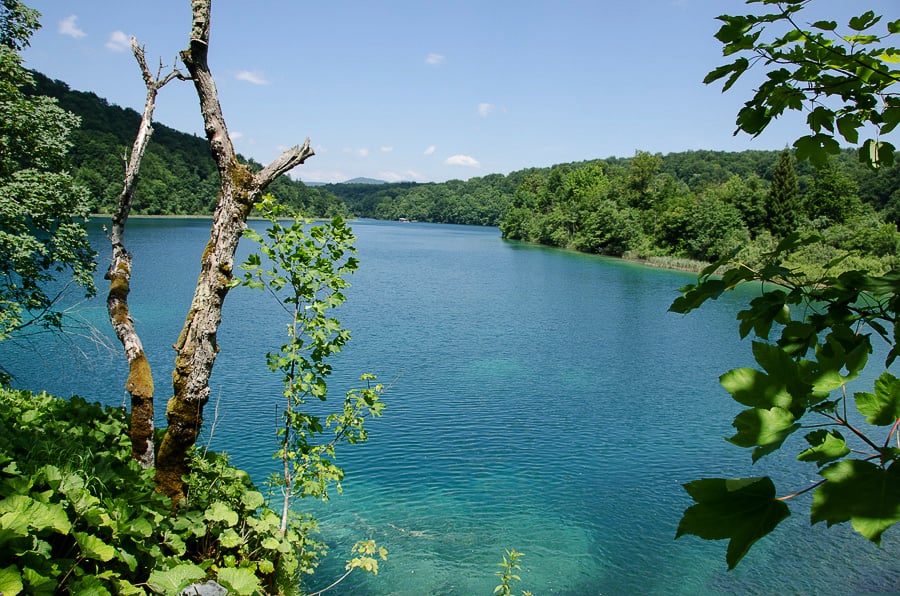
The largest lake is called Kozyak-it covers an area of more than 81 hectares, the deepest point is about 46 meters. This is followed by the lakes Proscansko and Galovac. They form a large part of the water surface of Plitvice Lakes.
The lakes originate from two rivers – Crna and Bela, and the reservoirs are also filled with other rivers. There is a large observation deck above the Korana River.
Waterfalls
The number of waterfalls on Plitvice Lakes in Croatia is increasing every year. Today, there are 140 of them, but the water is gradually breaking up the rocks, forming new paths. The main Plitvice waterfalls are Velike kaskade, Koziachki, Milanovacki.
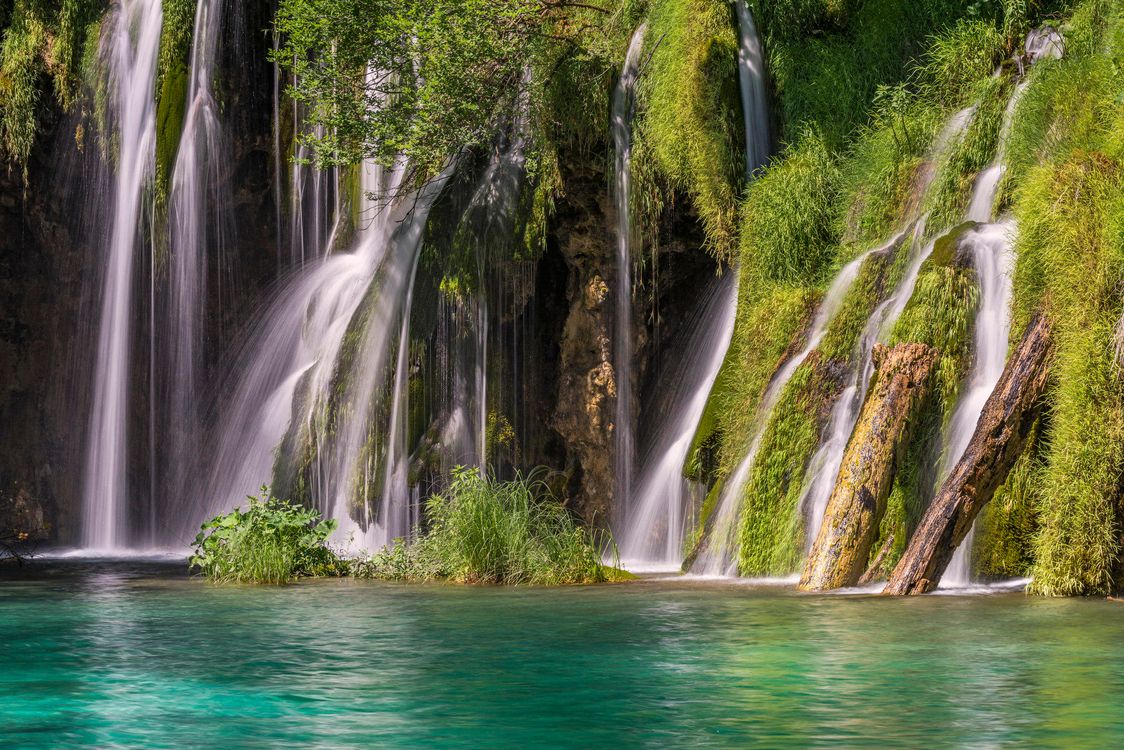
Interesting fact! The most beautiful waterfall is recognized as Sastavtsi with a height of more than 72 meters.
Krk in Croatia-the main thing about the National Park
Caves
To date, about 100 caves have been explored in the national park. Some of them can be seen walking through the park, but most of them are hidden underground and still intact. The longest cave is Golubinaya (Koran Canyon), 165 m long, and the deepest cave is Chudinka, 203 m deep.
From the point of view of nature protection, caves are extremely important because they are the habitat of many rare and protected animal species and are rich in cave decorations that have been created for thousands of years.
Flora
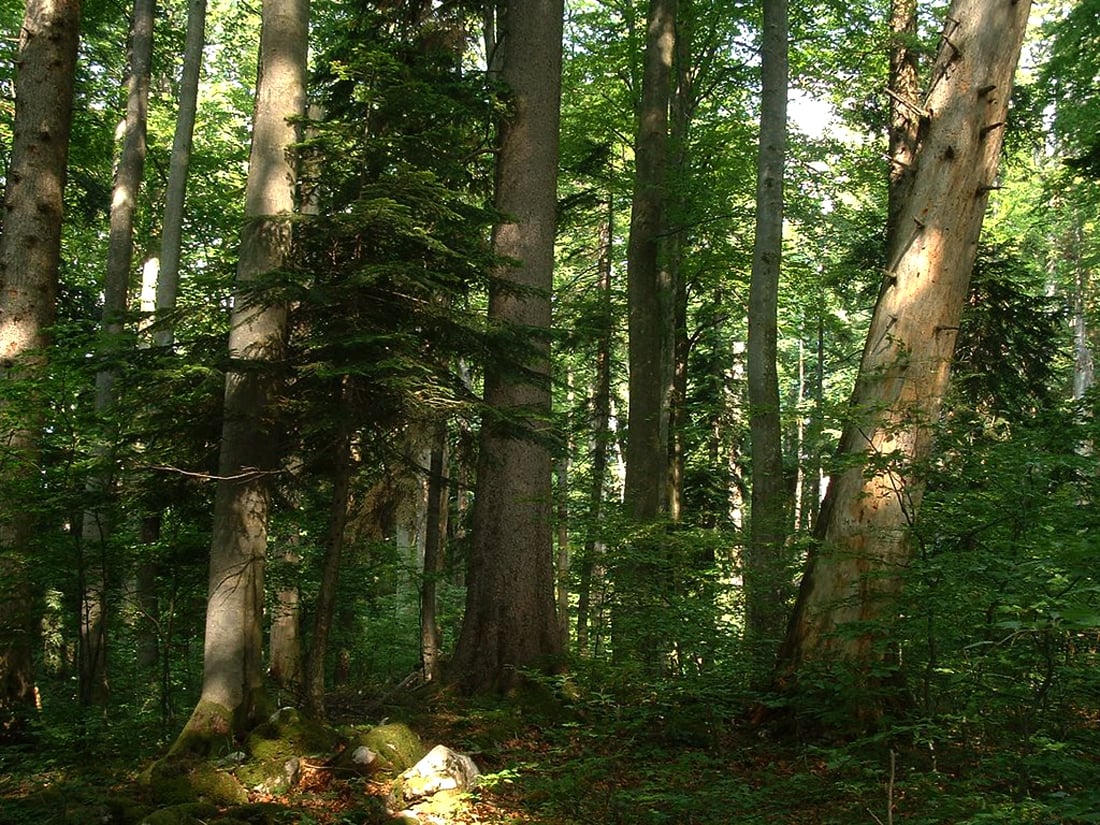
A considerable area of Plitvice Lakes is covered with forests, mainly coniferous, as well as beech. Real thickets can be found in the small settlement of Chorkova Uvala, located in the north-west of the park.
More than 1,400 plant taxa (species and subspecies) have been registered in Plitvice Lakes National Park so far, accounting for 30% of the total Croatian flora. 75 of them are unique, and you can only see them here.
This diversity can be explained by its special geographical location, as well as geomorphological, climatological and environmental factors. Cleaning of the territory from fallen trees is not carried out here, they form natural fences.
Animal world
The Plitvice Lakes of Croatia are home to a large number of animals. Here you can meet brown bears, squirrels, martens, wolves, wild boars and badgers, deer, roe deer and otters. In total, 259 species of various animals and more than 150 species of birds were found in the protected area. There are trout in the lakes, but fishing is prohibited here, but you can feed the fish with bread. The unique butterfly population, which includes more than 320 species, is of great interest.
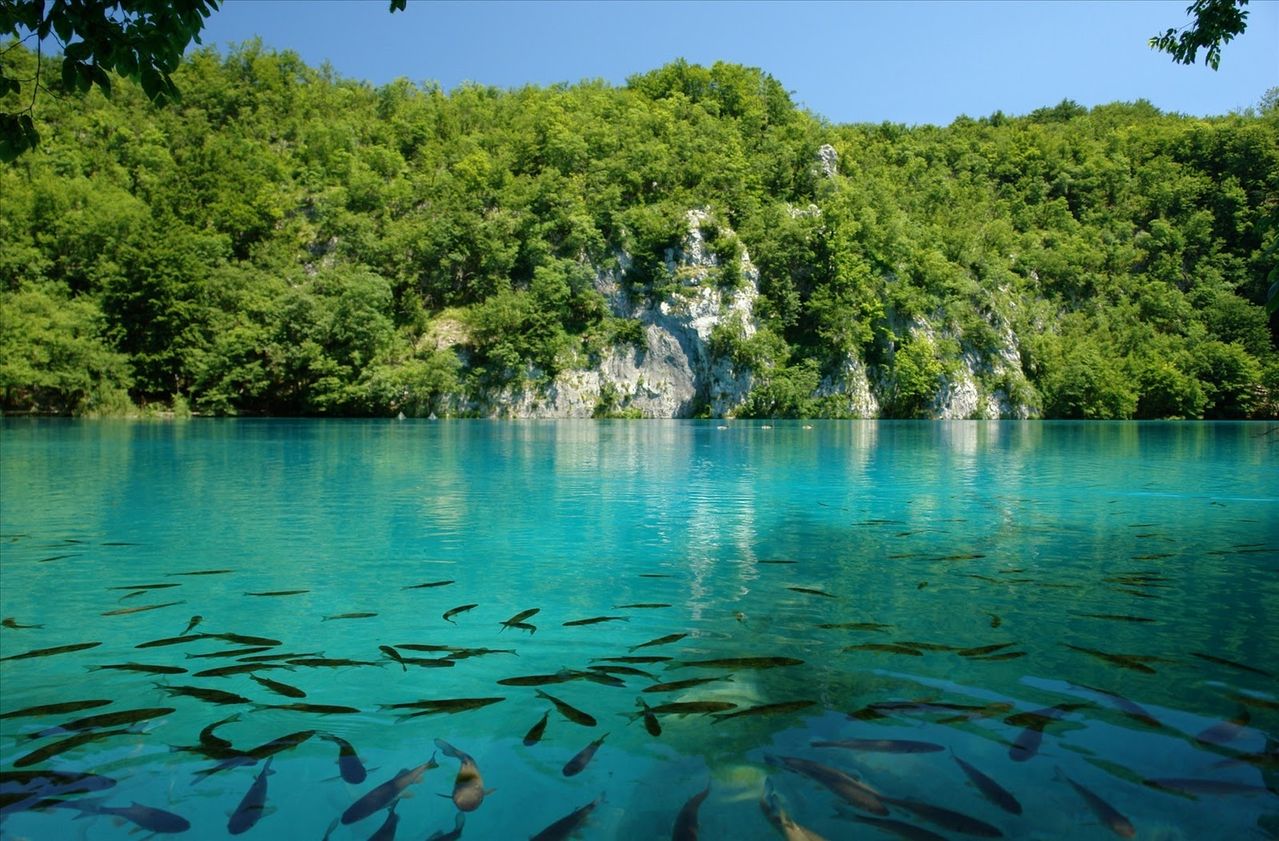
Useful to know! In summer, the air temperature varies between +25-+30 water warms up to +24 degrees. In winter, the lakes are completely frozen.
Walking routes
Photo: Plitvice Lakes in Croatia.
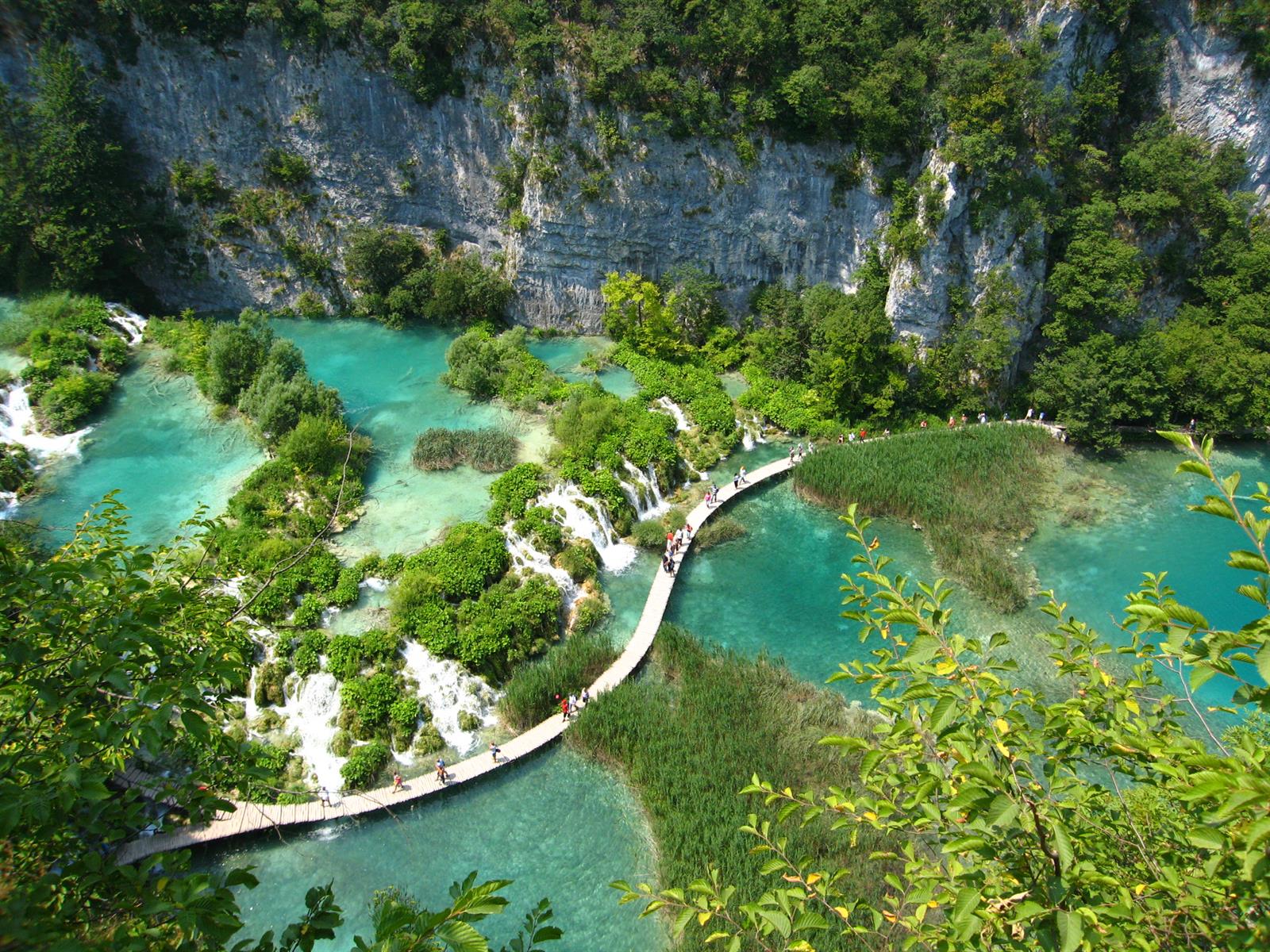
Plitvice Lakes is the largest national park in Croatia. For tourists, several hiking trails of different lengths and degrees of complexity have been developed here. The paths are wooden decking, comfortable for walking. In addition to hiking in the park, people also travel by electric trains, boats, and ferries. Of course, it is more convenient to use transport, but in this case it is impossible to get to the most hidden corners of Plitvice Lakes.
It is important! The protected area is accessible only to gamekeepers, and tourists are not allowed to walk here.
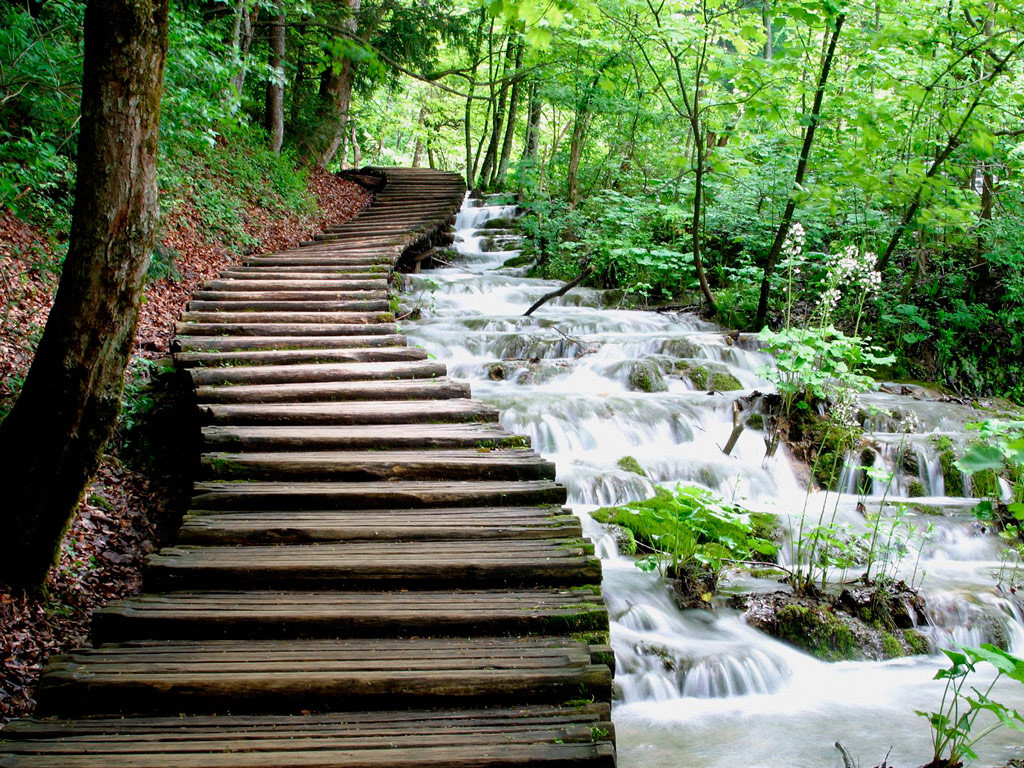
Each route combines the possibility of walking and traveling by public transport. The ticket price includes a boat ride and a panoramic train. The average duration of each route is 3 hours.
The most interesting places are concentrated above and hidden from view, and it is not easy to get to them. If you have time, set aside two days to explore the Plitvice Lakes, especially since there are comfortable hotels and inexpensive housing on their territory. Travelers with good physical fitness choose longer routes with organized excursions.

Each route is marked with the letters A to K. The ticket price does not depend on the chosen route. There are signs throughout the park indicating the route and the road to the exit.
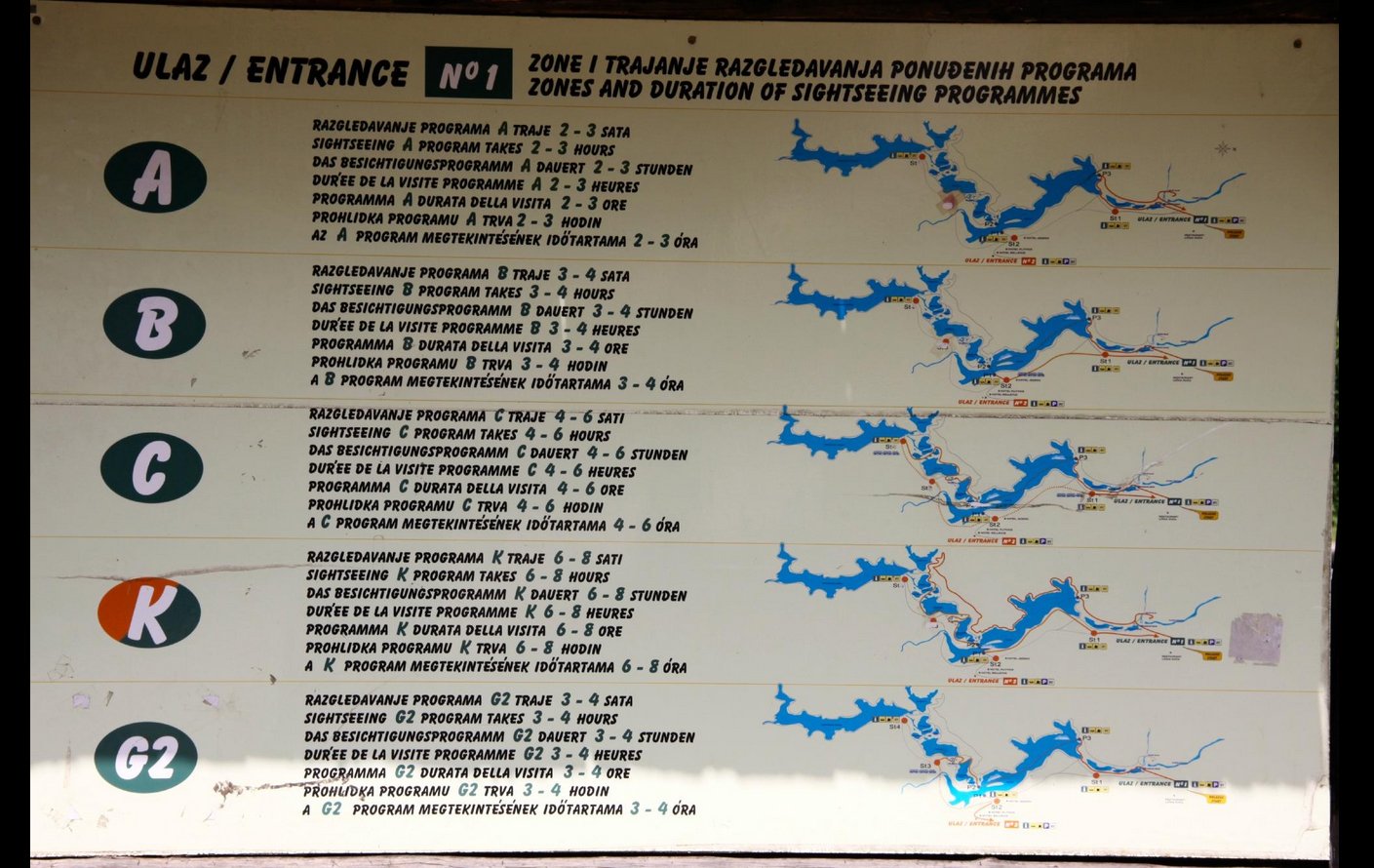
The park is divided into two parts – upper and lower. Routes A, B, C and K follow from the entrance located at the top (it has two entrances-at the top and at the bottom). Routes K, E, F and H follow from the entrance in the lower part of the park – The longest routes are K and H, which will take from 6 to 8 hours to explore.
Interesting fact! Most tourists come to this part of Croatia from June to August, much less visitors in spring and autumn. Each route is equipped with convenient benches and, of course, take a camera with you to take amazing photos to remember your trip.
On a note! What beaches in Croatia are best to relax on, we describe here.
How to get to Plitvice Lakes from Zagreb
How to get to Plitvice Lakes by bus
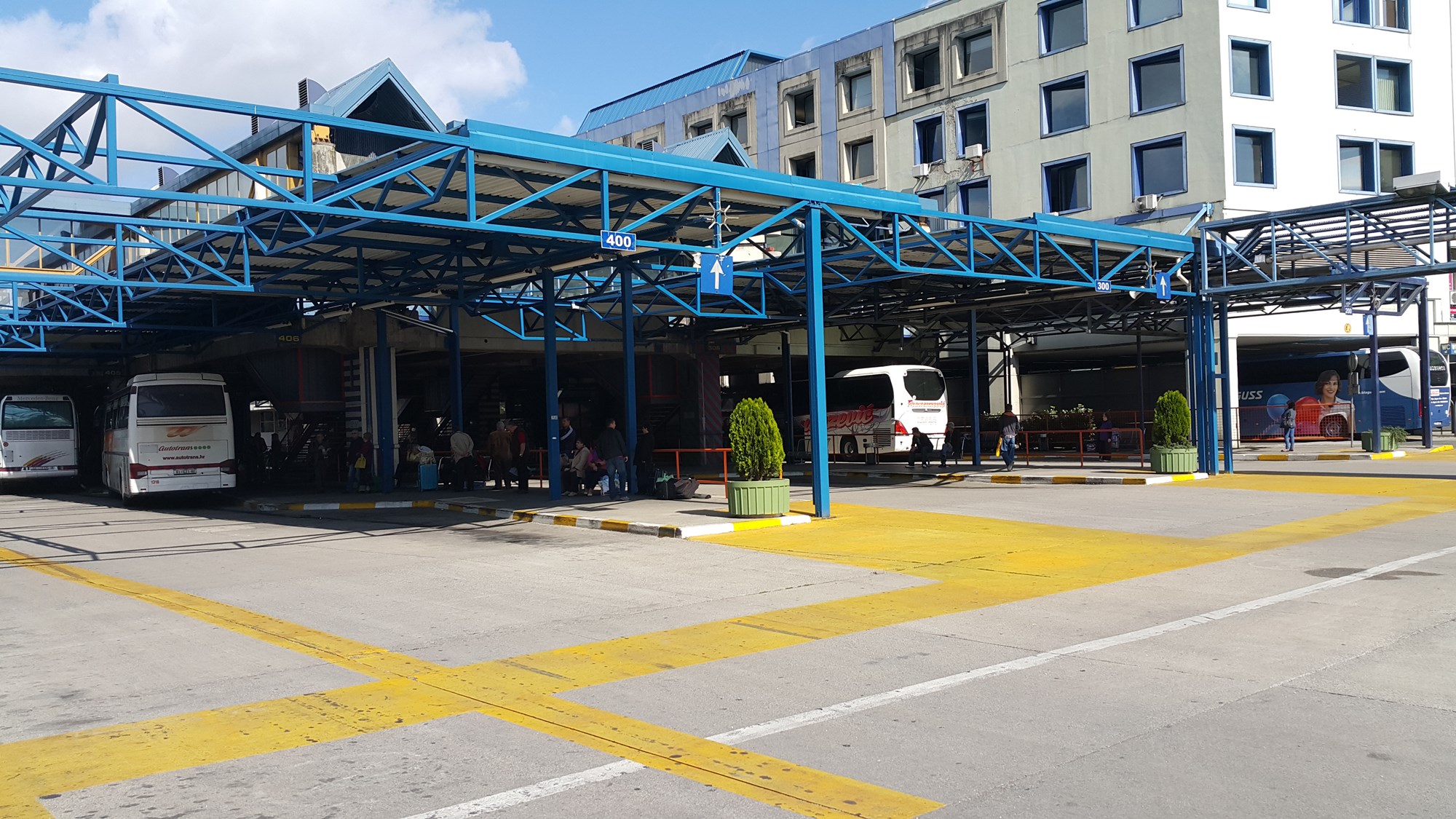
The easiest way to get to a natural attraction is by bus. Transport departs from the bus station, located 1.7 km from the central train station and 17 km from the airport, at the address: Aven’ija Marina Držiča, 4.
If you can walk from the train station, then it is better to get from the airport by bus, which departs every 30 minutes.
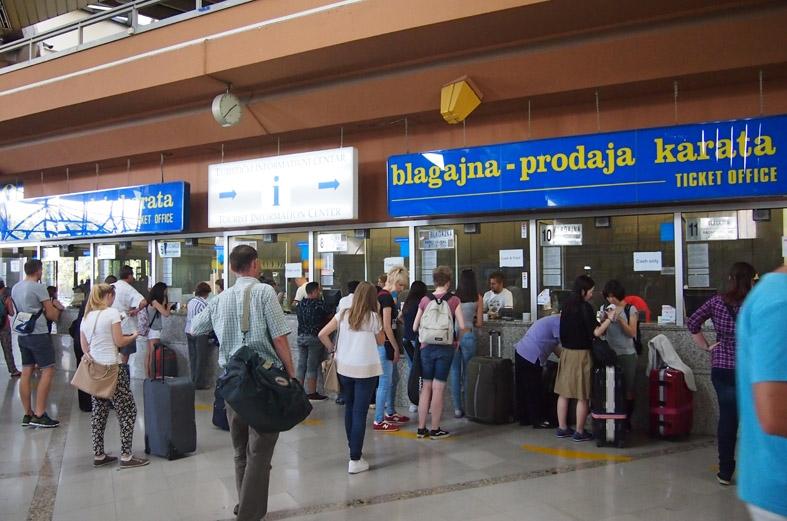
From the bus station, buses run every 1-2 hours daily. Tickets can be purchased at the ticket office, but in summer, given the influx of tourists, to get to Plitvice safely, it is better to buy a ticket on the official website of the bus station — https://www.akz.hr/.
All buses that go to Plitvice pass through, so the driver should be warned to stop at the main entrance or as close to the park as possible. The journey takes from 2 to 2.5 hours.
How to get to Plitvice Lakes in Croatia by car

From Zagreb, Plitvice Lakes can be reached by direct road 1. Many people confuse the highway with the A1 autobahn, but it is a toll road. Required road 1 is narrow and free.
Useful to know! Karlovac can be reached via the toll autobahn and then follow road 1.
How to get from Zagreb to Plitvice Lakes in both ways

- To get there by taxi, the trip will cost approximately 170 euros.
- To get from the capital Zagreb as part of an excursion tour, to purchase such a tour, just contact any agency. The price is approximately 800 kuna. During the tour, you can explore the Plitvice Lakes and see the villages located nearby.
Korcula Island — how to get there and what to do
Practical information
Where to stay
Plitvice Lakes are very popular among vacationers, so there are excellent conditions for travelers. You can rent a hotel room or stay in a camping area. By the way, campsites are in demand among Western tourists, there are quite comfortable living conditions here, vacationers spend the night in tents, which are sometimes more spacious than a hotel room. In addition, campsites are located in picturesque places of the park, on their territory there are showers, toilets, places where you can wash dishes and wash clothes, kitchens are equipped.
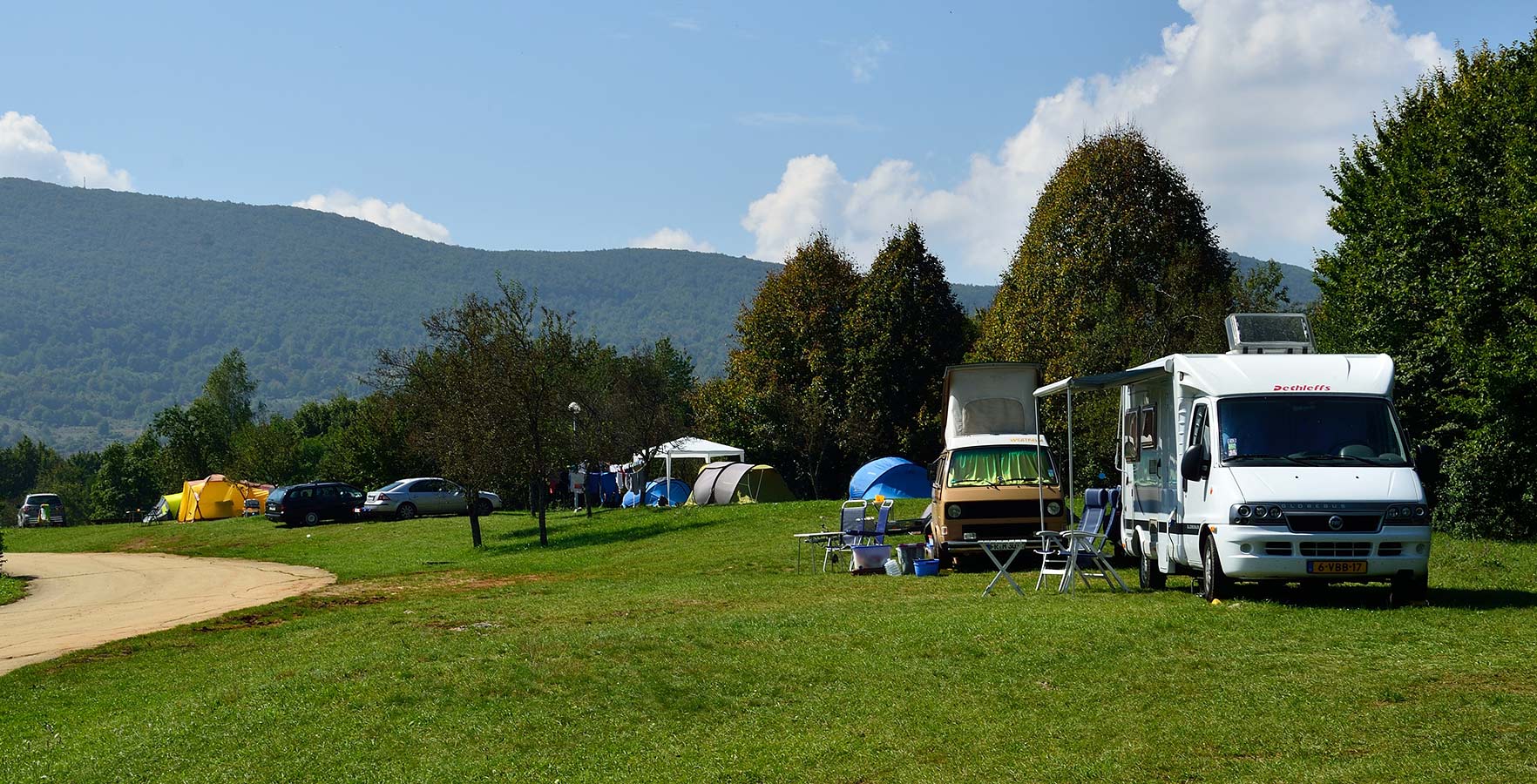
Regarding prices: for example, you will need to pay 95 kuna + 45 per person for car rental at Korana Camping. The campsite also has bungalows with bed linen, tables and chairs, and a wardrobe. Guests have access to shared toilets. On the territory of the camp there is a shop and a restaurant.
Hotel rates are certainly higher. On average, a double room with breakfast will cost 550-700 kuna, there are options for 300.
It is important! Tourists traveling by car prefer to stop 20-40 km from Plitvice Lakes, prices are much lower here, and the road to the entrance will take about 10-15 minutes.
Opening hours
The National Park is open 365 days a year, although the park’s opening hours to the public vary depending on the season. During the cold season, most establishments are closed to visitors, and accommodation is only available at the Jezero Hotel.
- All entrances to the park are open from 7: 00 to 20: 00.
- Tickets are available until 17: 00.
- Parking spaces are open from 7: 00 to 21: 00.
- The schedule of panoramic trains depends on the route: St2 – St1 from 08: 30 to 19: 30, St1 – St2 from 09: 00 to 19: 45, St2 – St3 from 07: 30 to 18: 30, St3 – St2 from 08: 00 to 19: 00. All of them run with a frequency of 30 minutes.
Rules of conduct
It is strictly forbidden in the National Park:
- collection of vegetable raw materials or purchase of any “souvenirs” of natural origin;
- feeding animals;
- making bonfires;
- swimming in lakes;
- leave trash along trails or in other places other than the trash cans installed throughout the park;
- get off the marked trails.
Useful tips
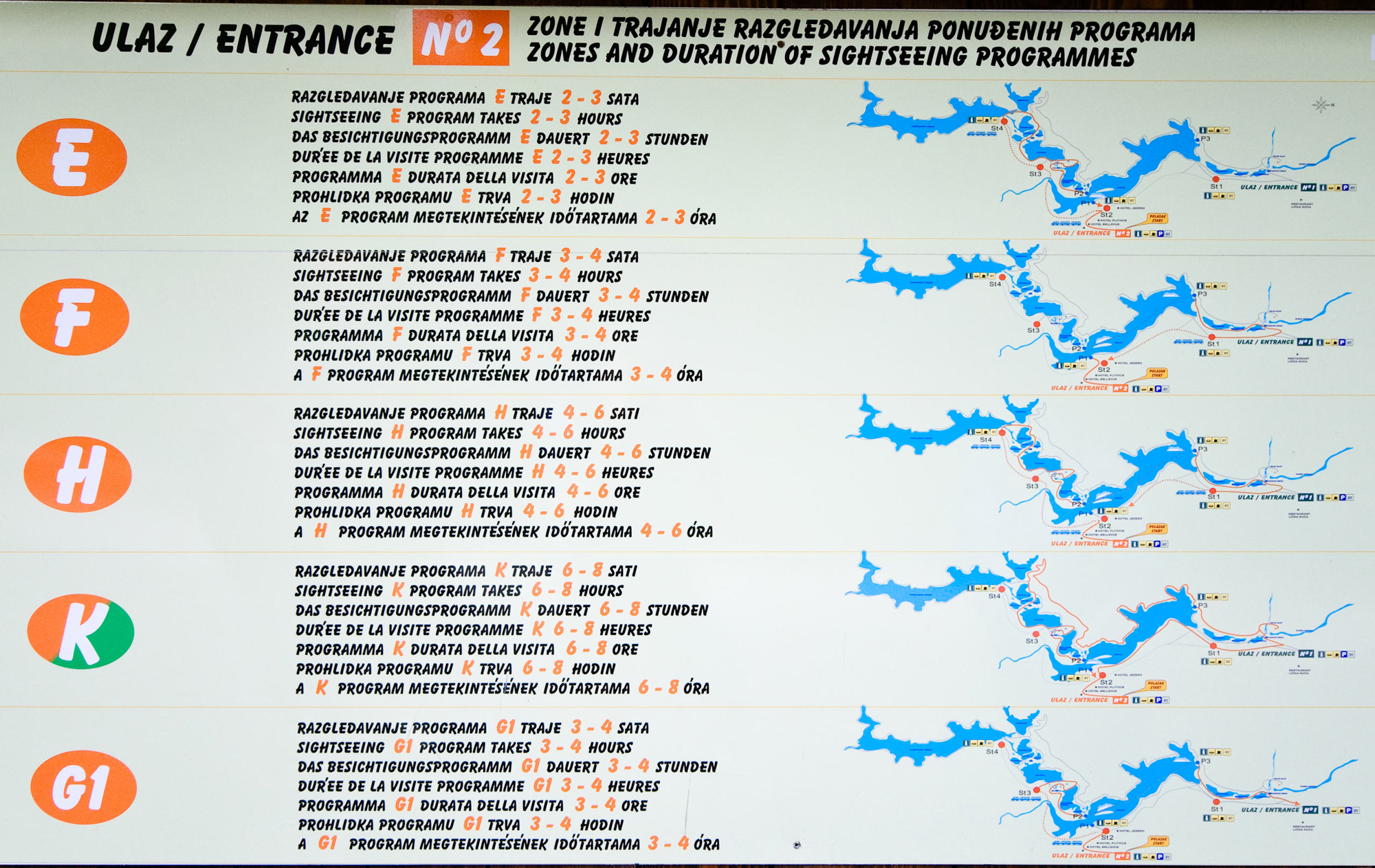
- The most interesting routes start at the second entrance.
- The park occupies a huge territory, the distance between lakes and waterfalls is quite large, so it is better to think out the route in advance.
- At the entrance, tourists are given maps that they can use to navigate.
- There are employees in the park who will always tell you the way, do not hesitate to ask for help if necessary.
- Plitvice Lakes in Croatia are beautiful at any time of the year, there is a huge influx of tourists in summer, so it is better to visit the reserve in May or September.
- If you have rented an apartment in a private hotel near the entrance to the park, it is best to go for a walk early in the morning.
- Guests of hotels located on the territory of Plitvice Lakes receive certain benefits, for example, they can use an unlimited number of one-day tickets. Tickets can be purchased directly at the hotel.
- In late summer, blueberries and blackberries ripen here, and you can buy delicious berries at the entrances.
- When traveling through a park in Croatia, you need to be careful, because in some places there are no fences.
- Be sure to choose comfortable clothes and shoes, preferably sports ones.
- Plitvice Lakes have a special climate, it often rains, and the weather changes frequently. In addition, the average temperature here is lower than in the rest of Croatia.
- The sightseeing train departs every 30 minutes, and you can wait for the flight in a cafe.
Croatia is a European country where the everyday life of ordinary citizens is a little lazy and unhurried, but on weekends many of them go to the park with the whole family. Plitvice Lakes is a huge territory where, in addition to natural beauty, small private farms work, where you can buy trout, honey, and natural cosmetics.

